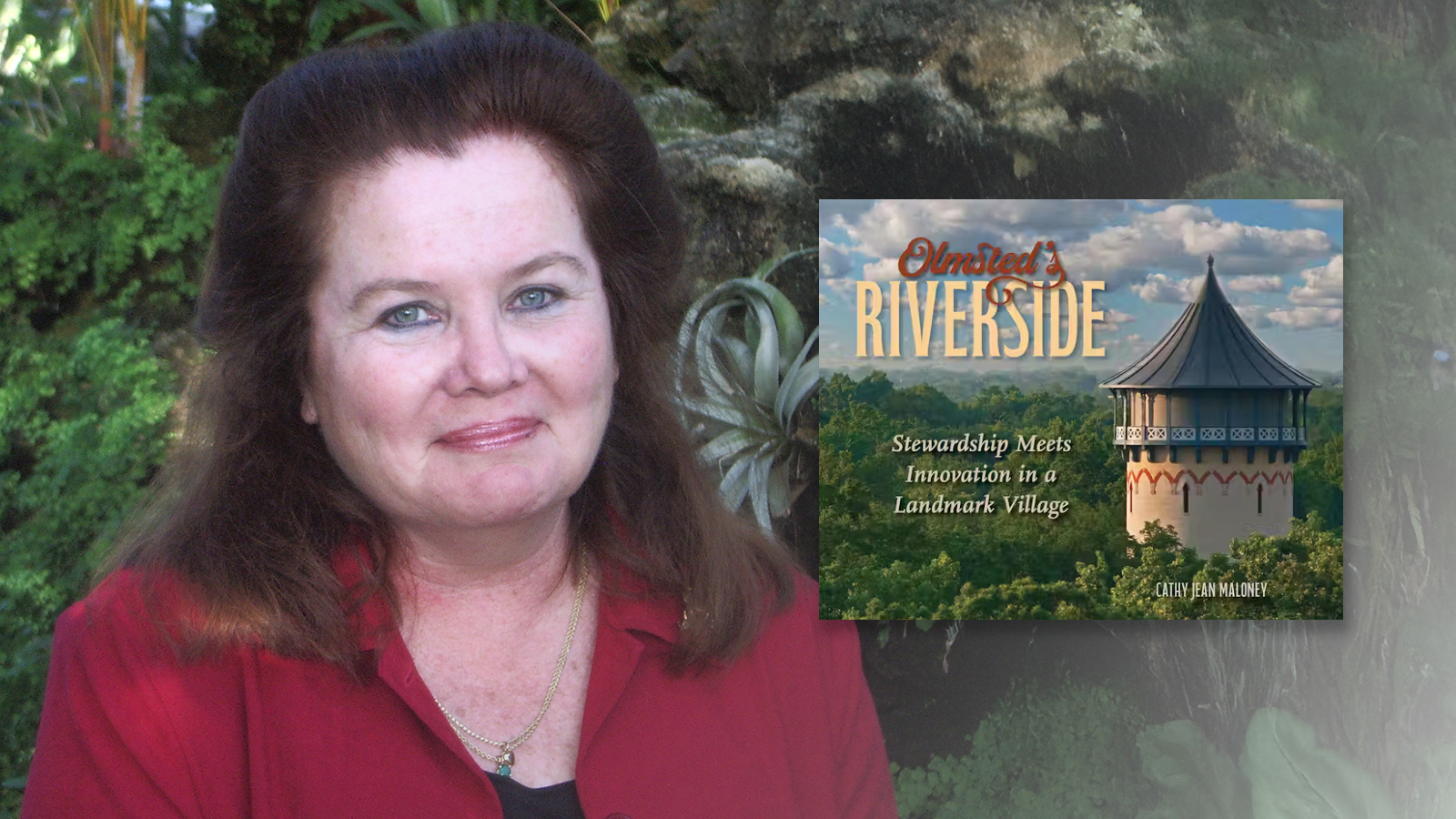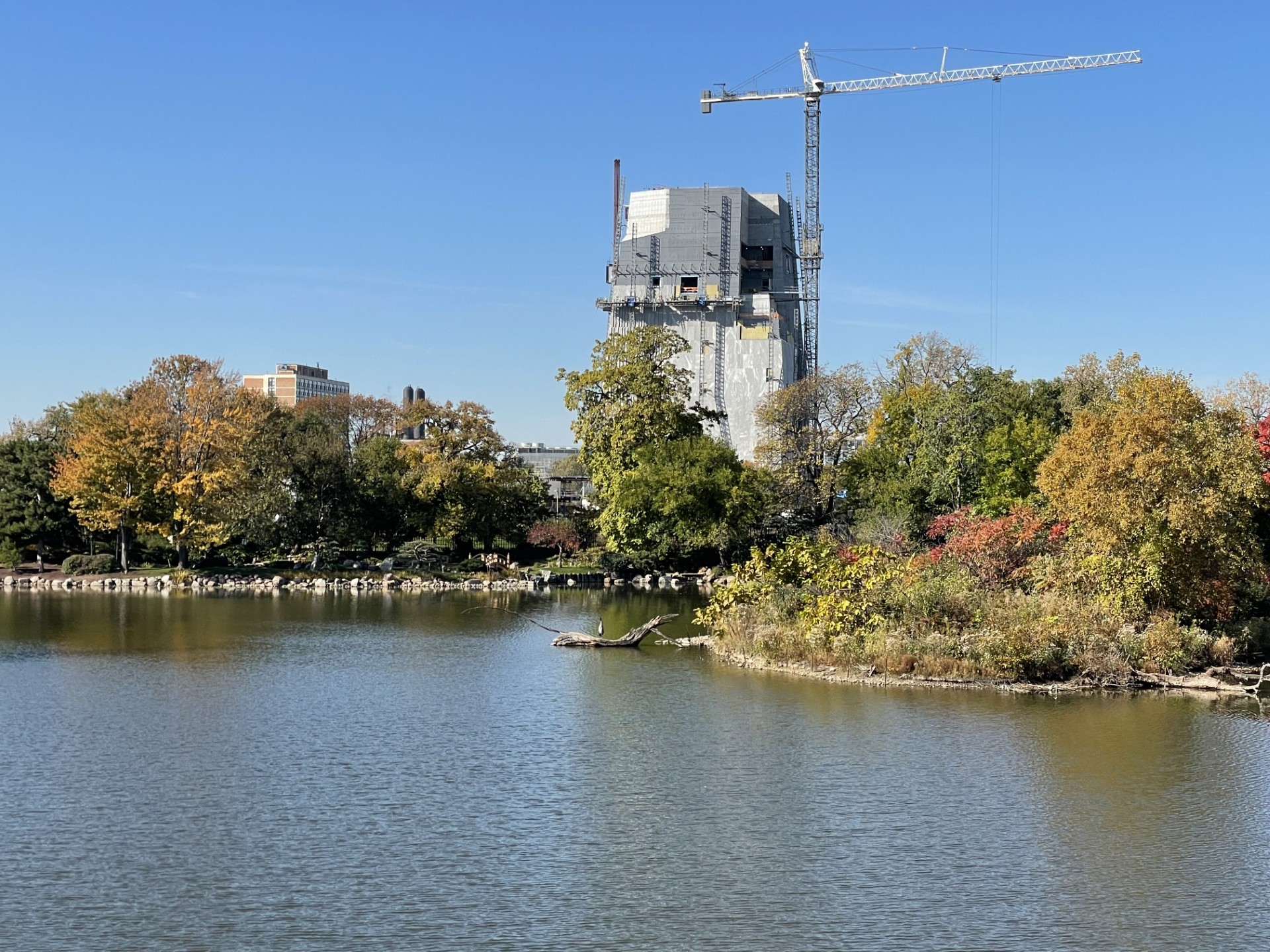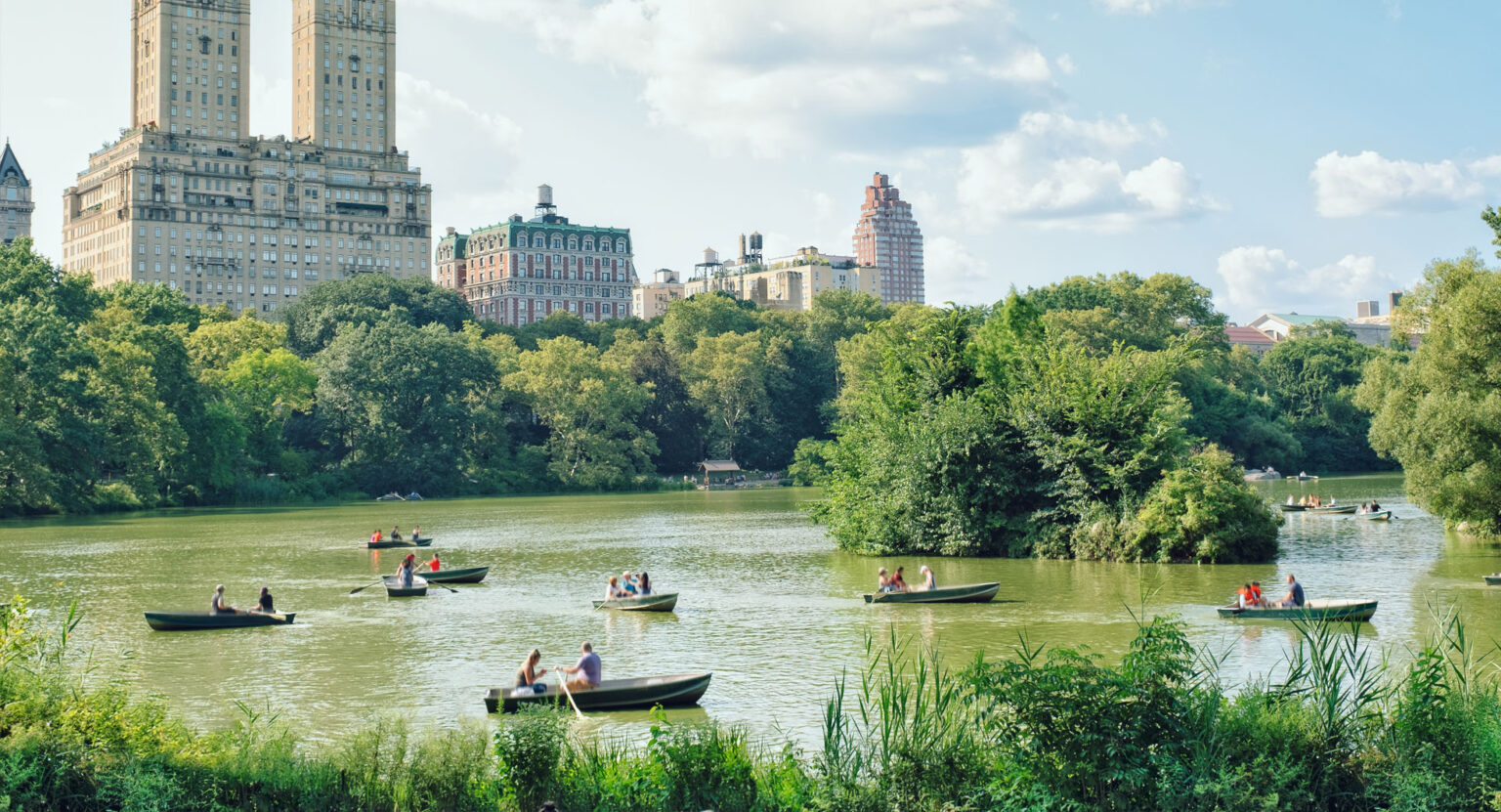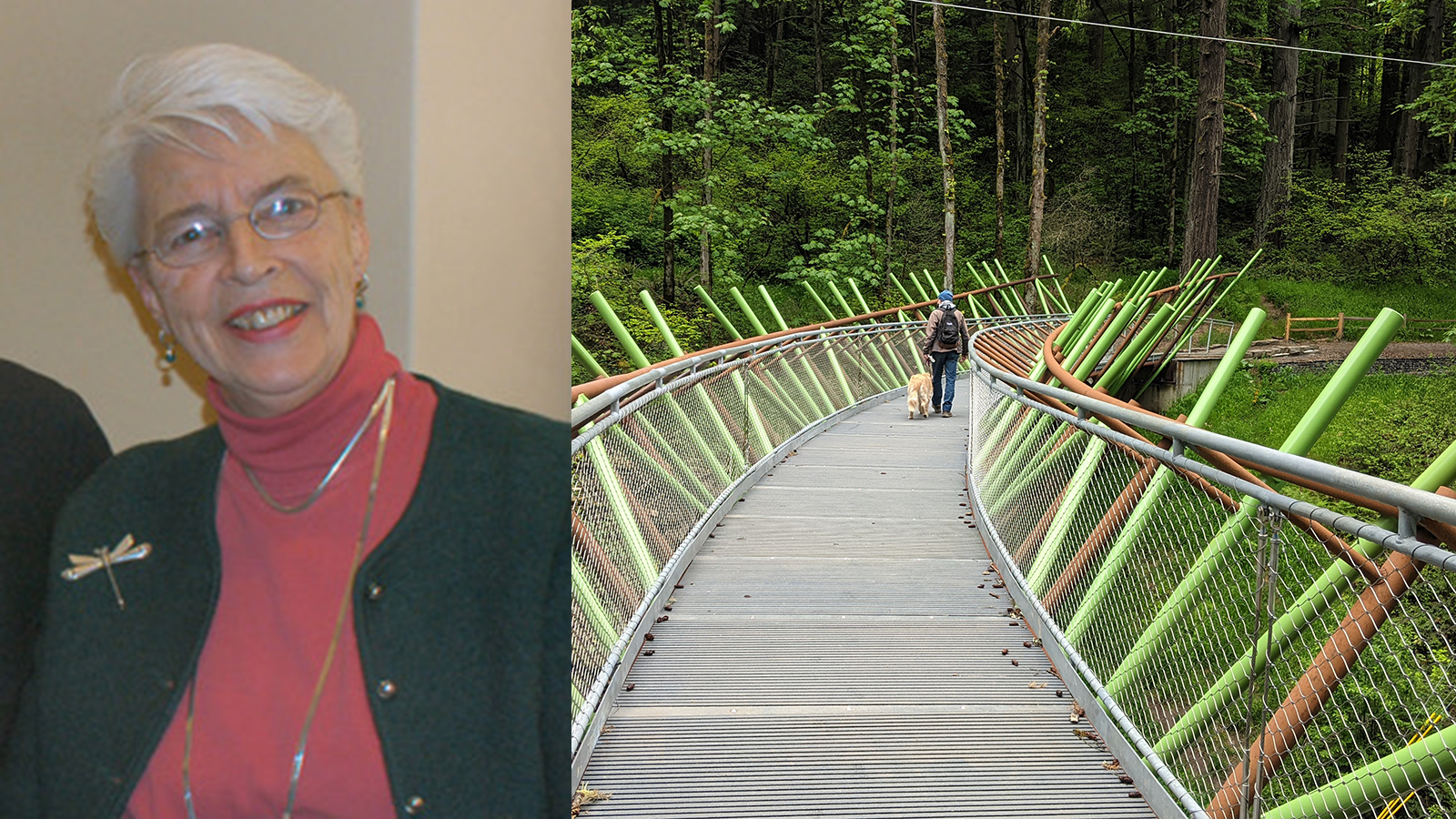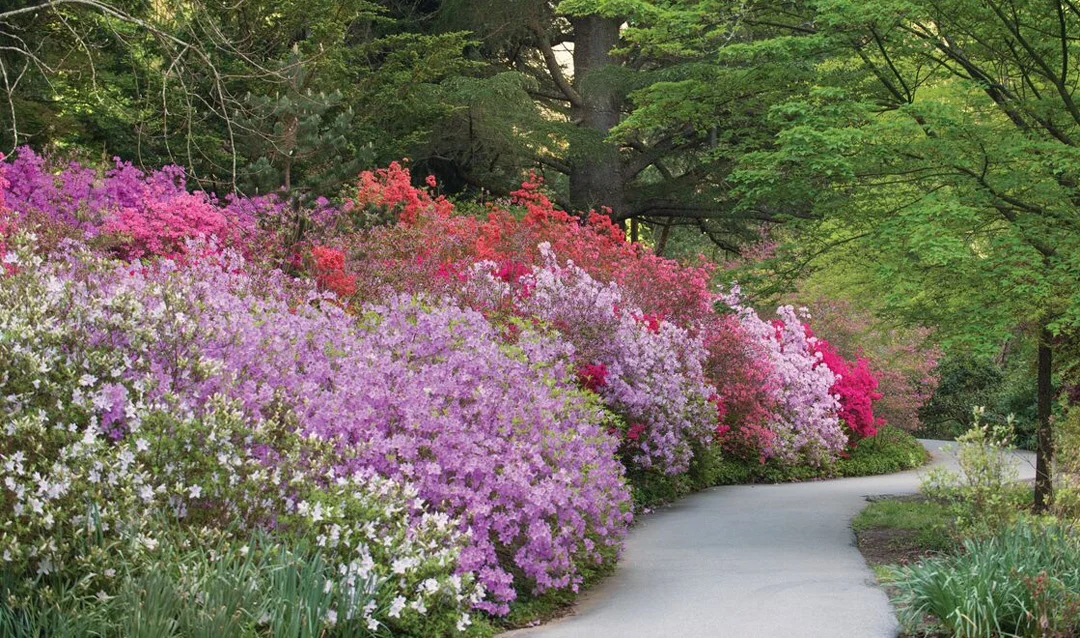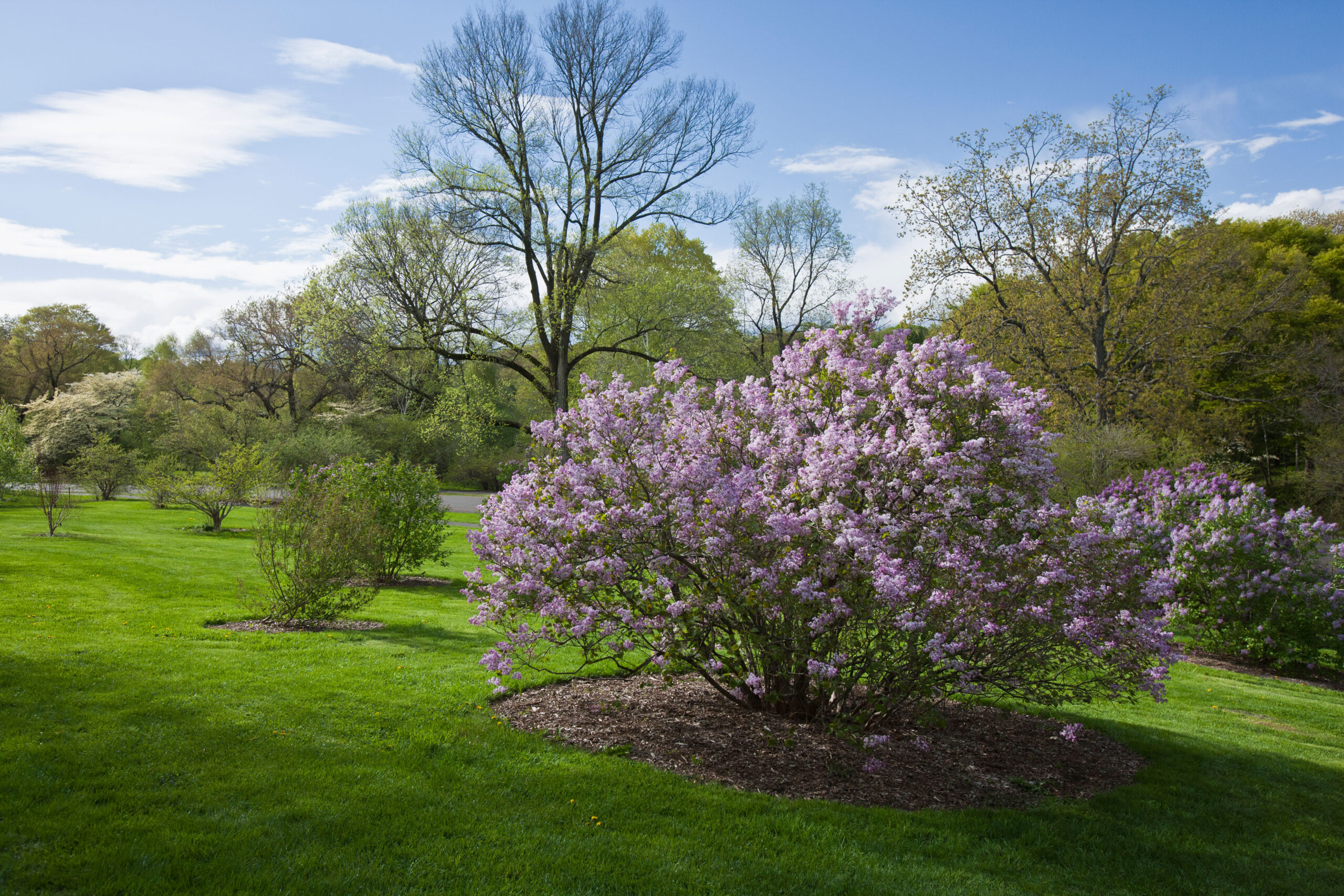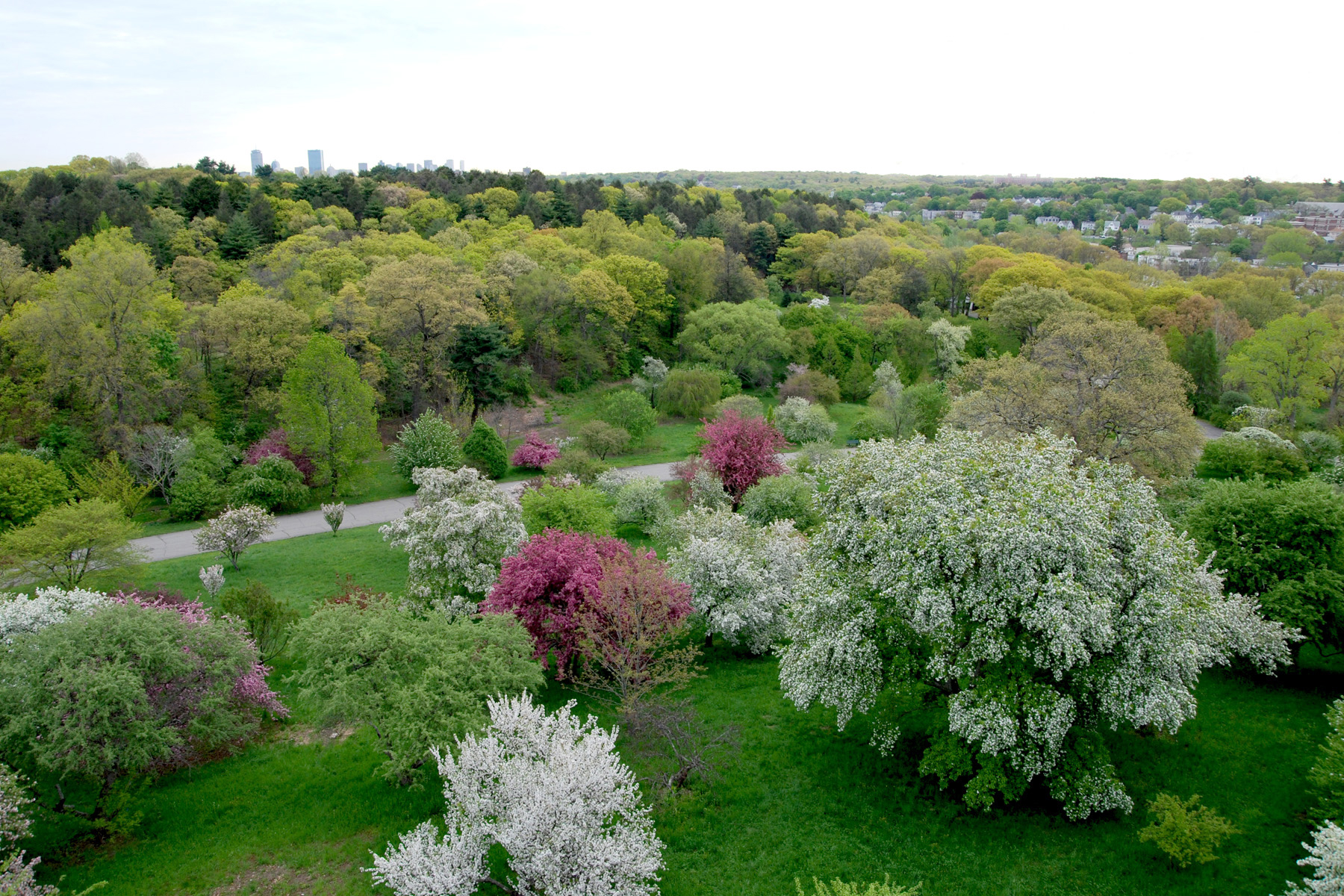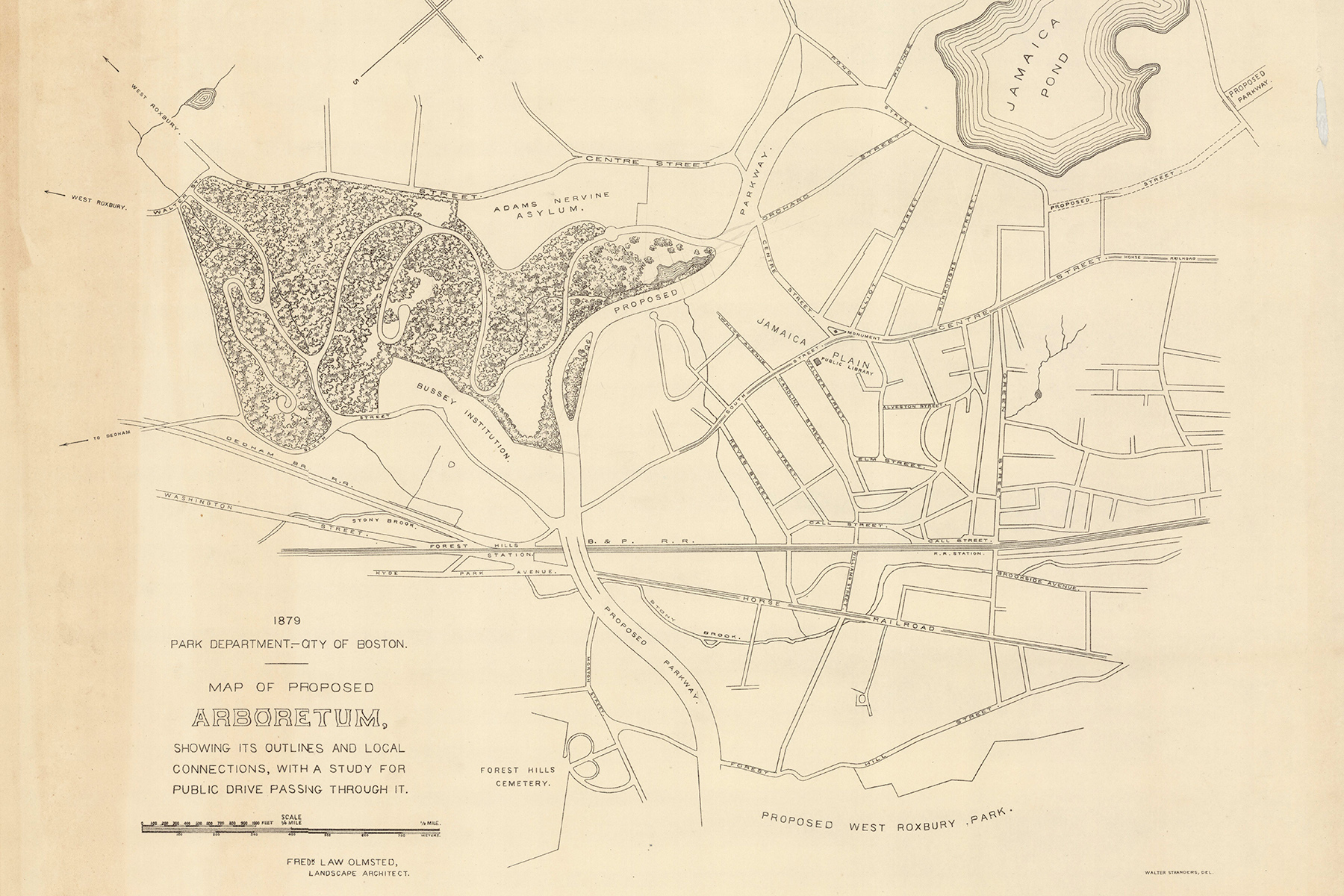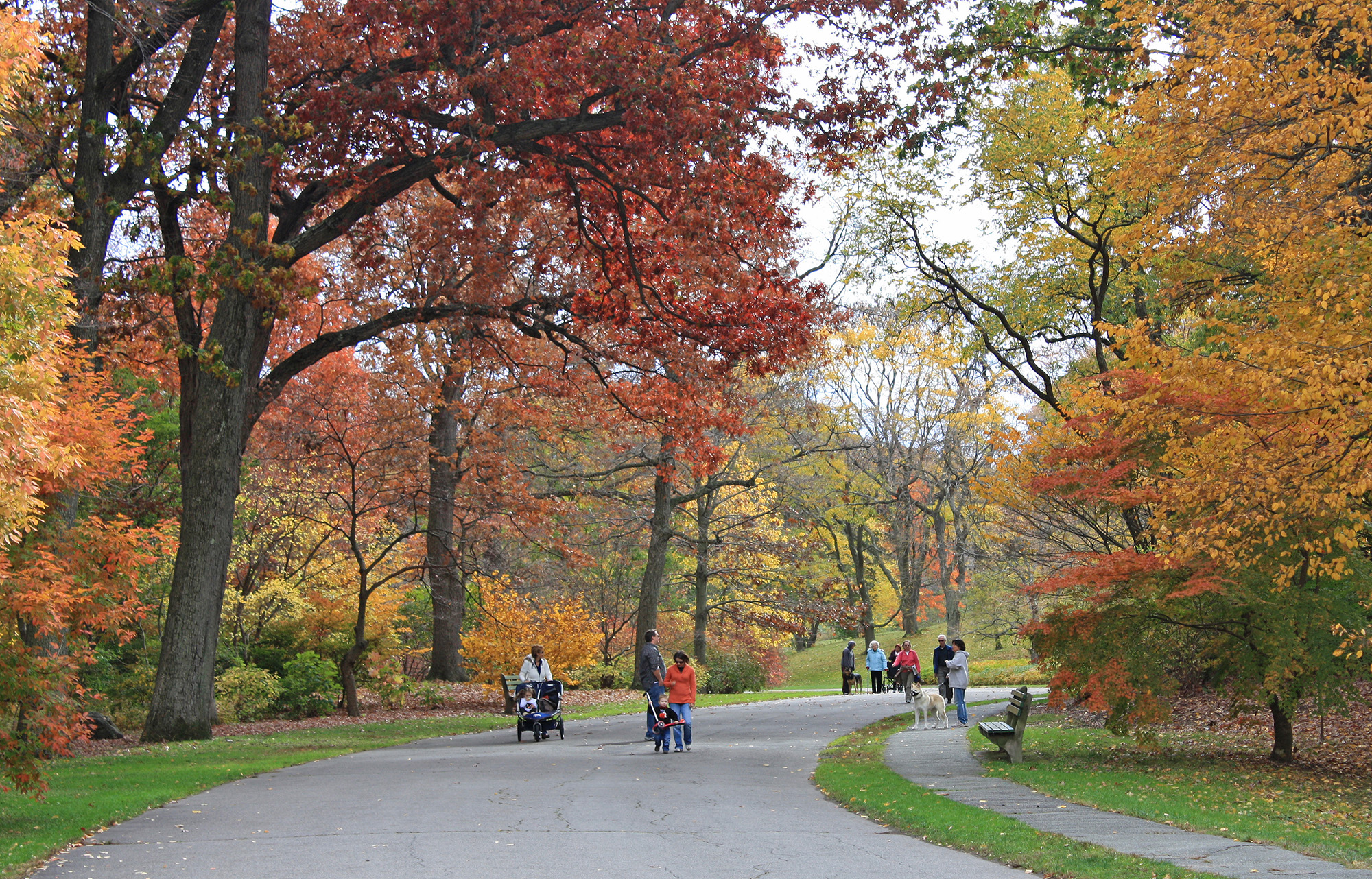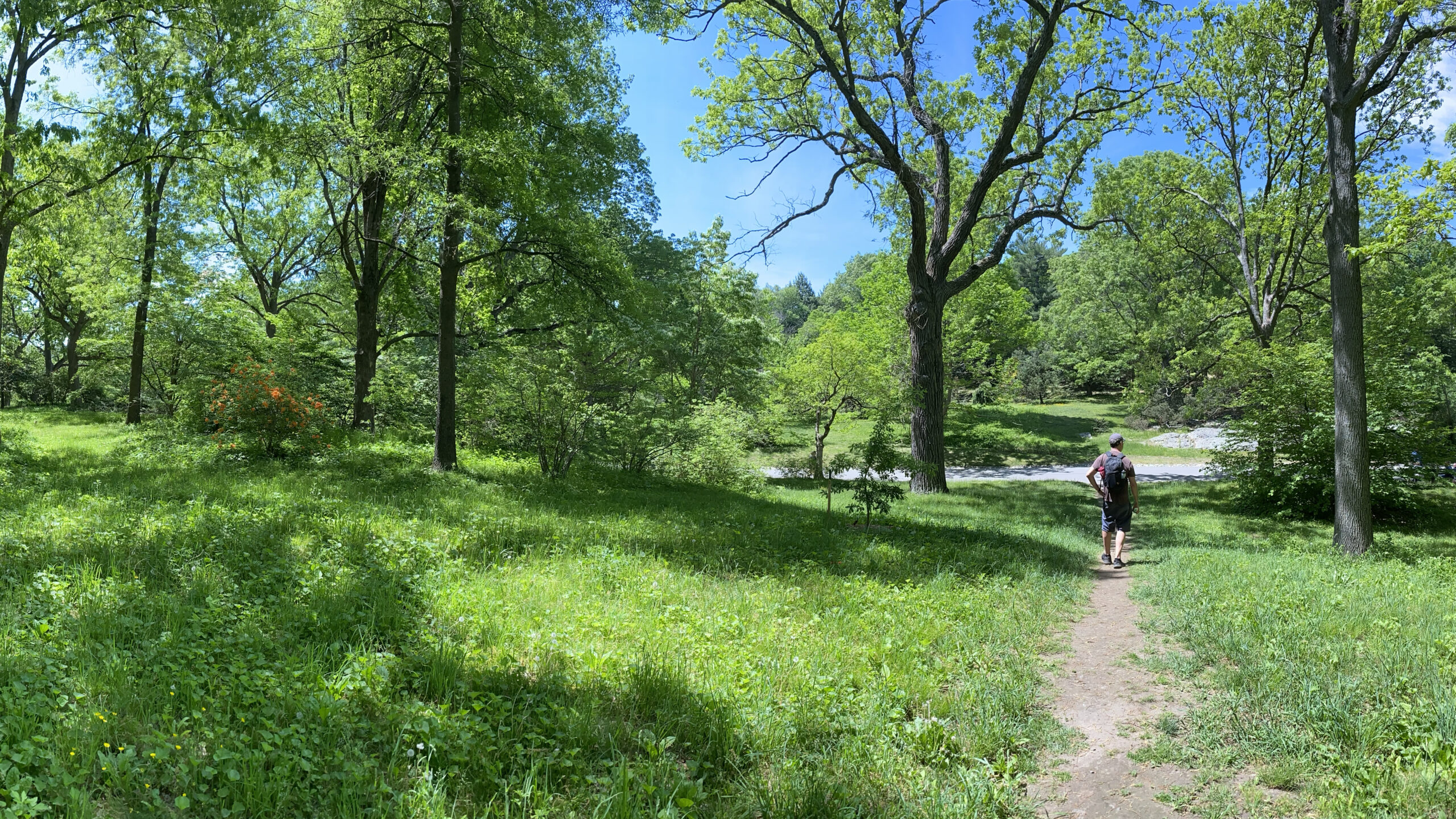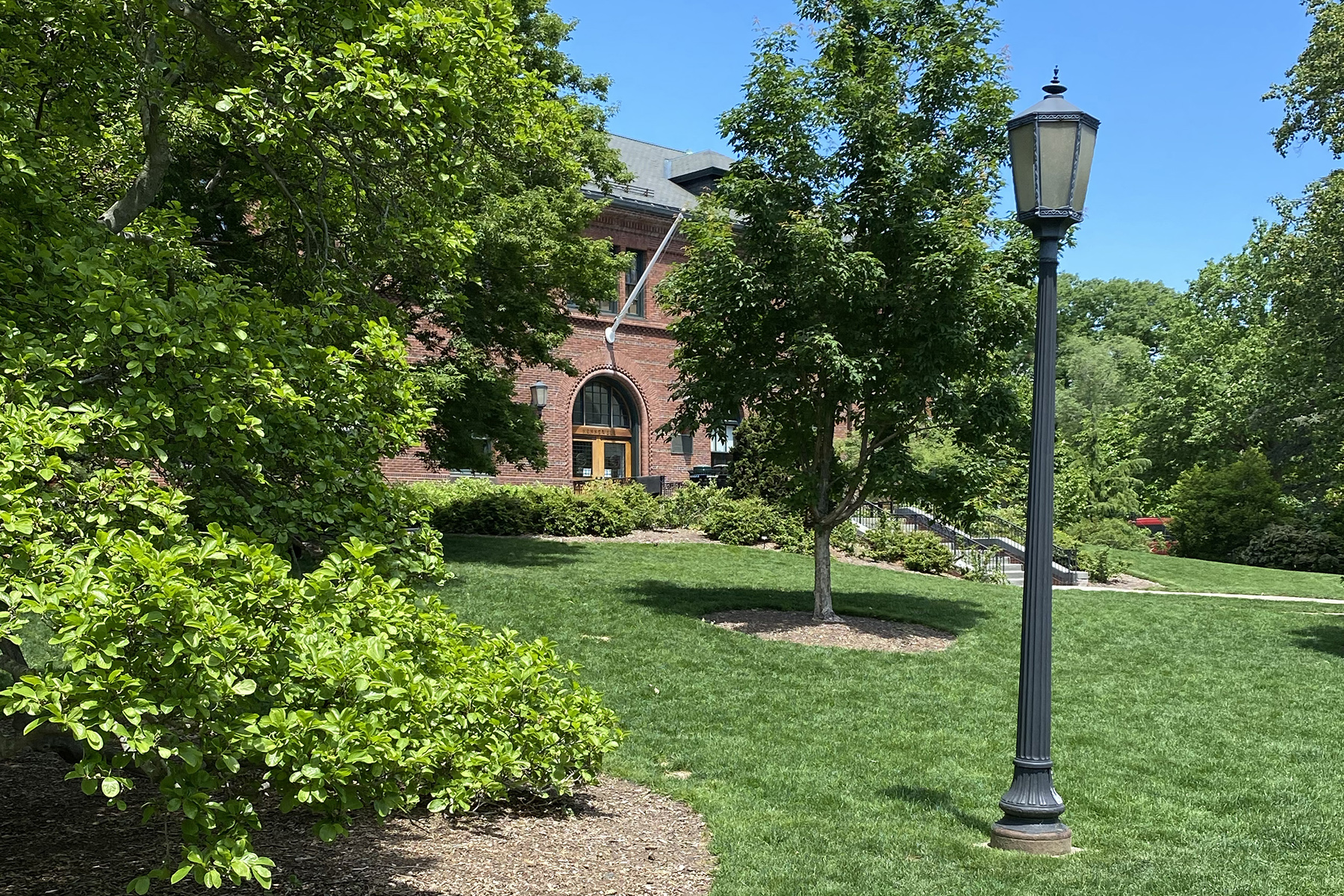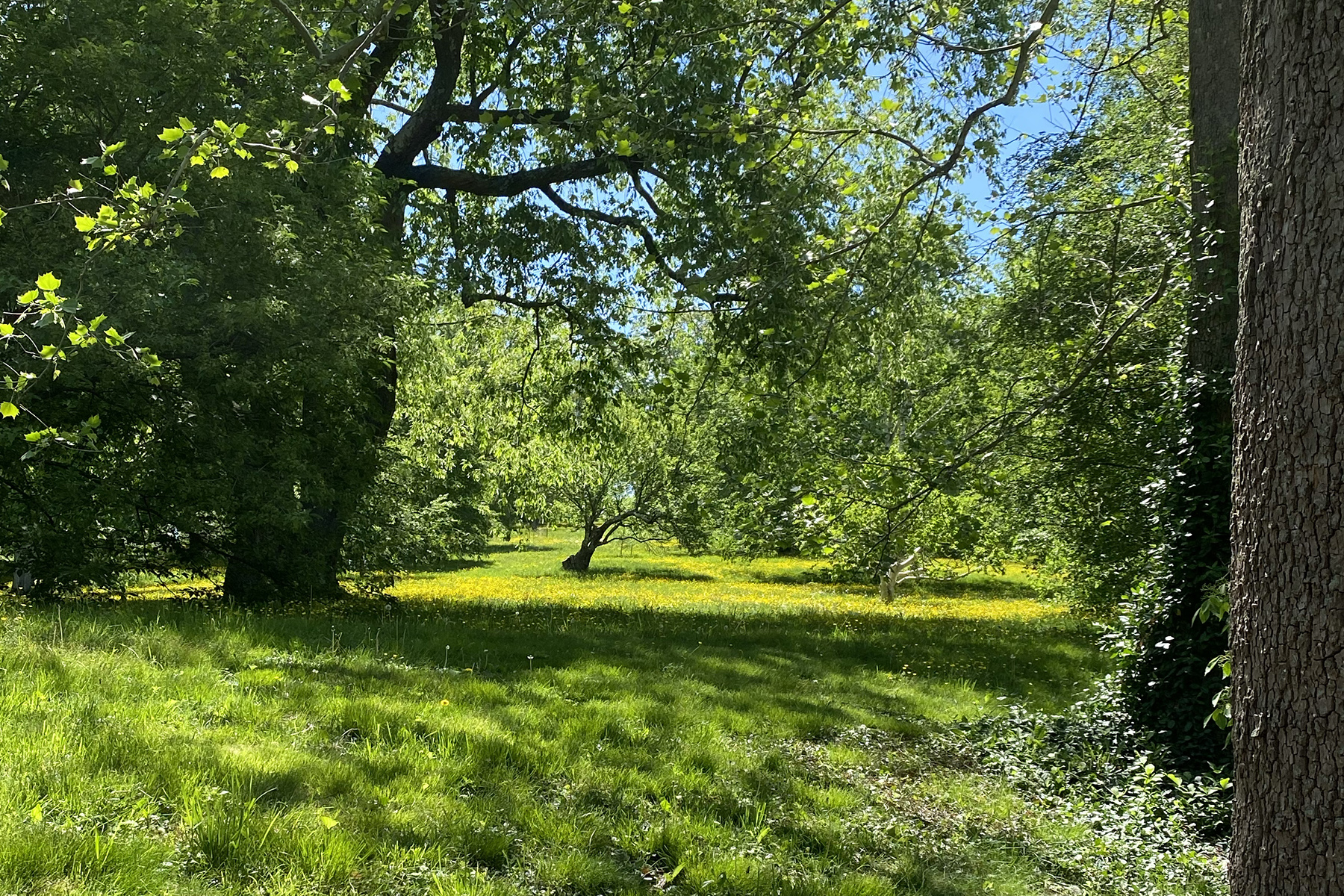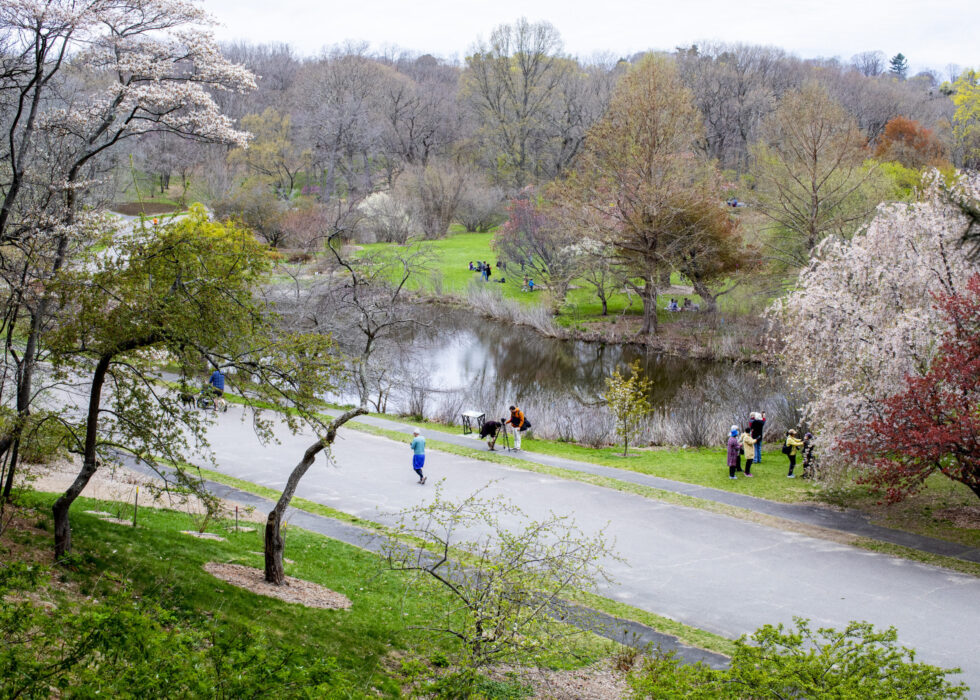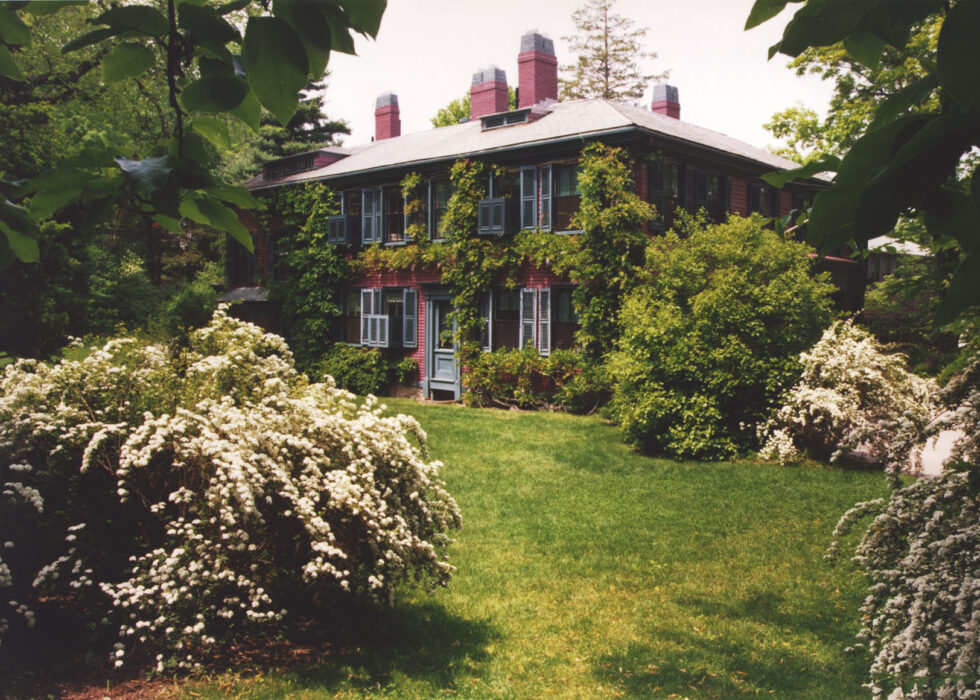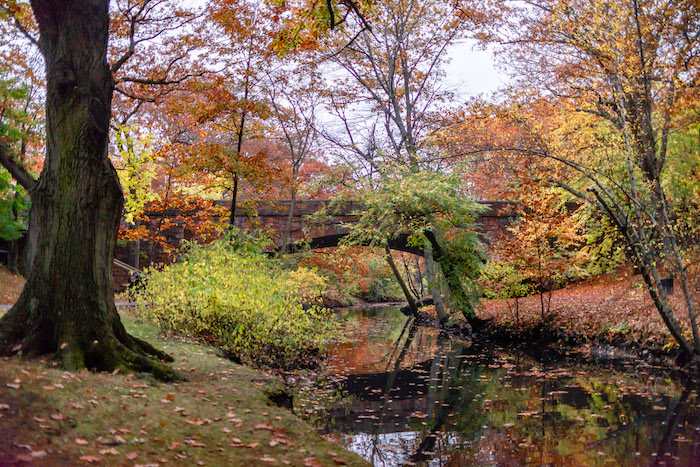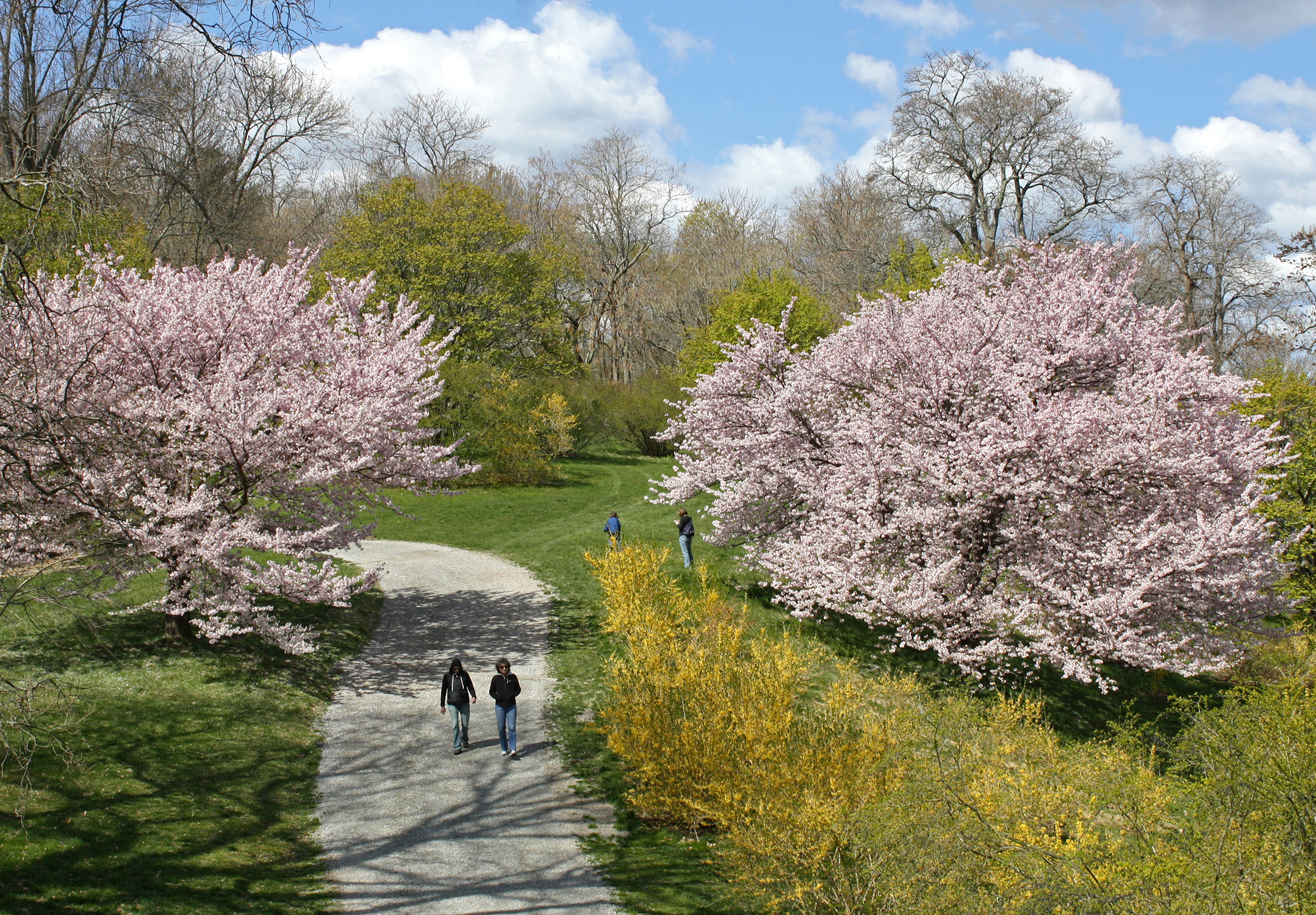
Boston, Massachusetts
The Arnold Arboretum is the nation’s first— and now oldest— public arboretum. It is home to a living collection of 16,000 accessioned plants mapped across 281 acres of rolling landscape in the Jamaica Plain and Roslindale neighborhoods of Boston.
About the Arnold Arboretum
The Arnold Arboretum of Harvard University was shaped by Frederick Law Olmsted and his successors over several decades. Of the approximately 20 arboreta Olmsted and his firm designed in North America, the Arnold was his first exercise in this genre and an immediate triumph. It is known today as one of Olmsted’s best-preserved works.
The Arboretum was established in 1872 when a portion of James Arnold’s estate was deeded to Harvard University. In the deed of trust, income from the legacy was to be used “for the establishment and support of an arboretum, to be known as the Arnold Arboretum, which shall contain, as far as practicable, all the trees [and] shrubs… either indigenous or exotic, which can be raised in the open air.” In 1873, Charles Sprague Sargent was selected as the first director. He soon began courting Olmsted for the job of designing the arboretum. In 1882, Sargent and Olmsted penned a thousand-year lease agreement between Boston and Harvard in which the land became part of the Emerald Necklace while the Arboretum retained control of the living collections.
As the nation’s first and now oldest public arboretum, the Arnold stewards a living collection of some 16,000 accessioned plants mapped across 281 acres of rolling landscape in the Jamaica Plain and Roslindale neighborhoods of Boston. Olmsted intended for the design to be naturalistic, complementing the existing beauty of the topography and vegetation.
In 1965, the site was listed as a National Historic Landmark. The following year, in 1966, the Arboretum was listed on the National Register of Historic Places.
The Arboretum remains a vital and beloved connecting point between Harvard and Boston. While the Arboretum helps advance Harvard’s mission of education and discovery through its renowned collections and research, it also provides Boston area citizens with open access to one of the finest landscapes of Olmsted’s career and one of the most eminent collections of trees on Earth, animated by lively contemporary programming running the gamut from lectures and readings to performances, outdoor learning and citizen science.
Shared Spaces
Spotlight on…the Arnold ArboretumYosemite
Olmsted helped lay the groundwork for the protection of Yosemite.
Biltmore Estate
Biltmore House, George Vanderbilt’s 250-room chateau, was completed in 1895 and is nestled within 8,000 acres of the Blue Ridge Mountains.




